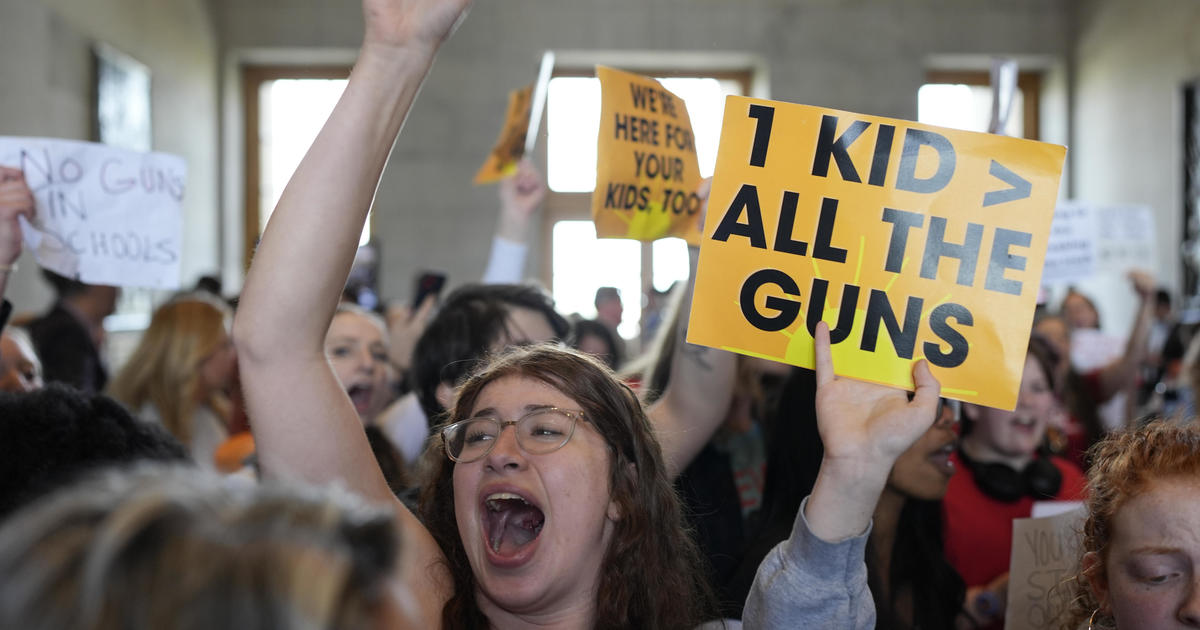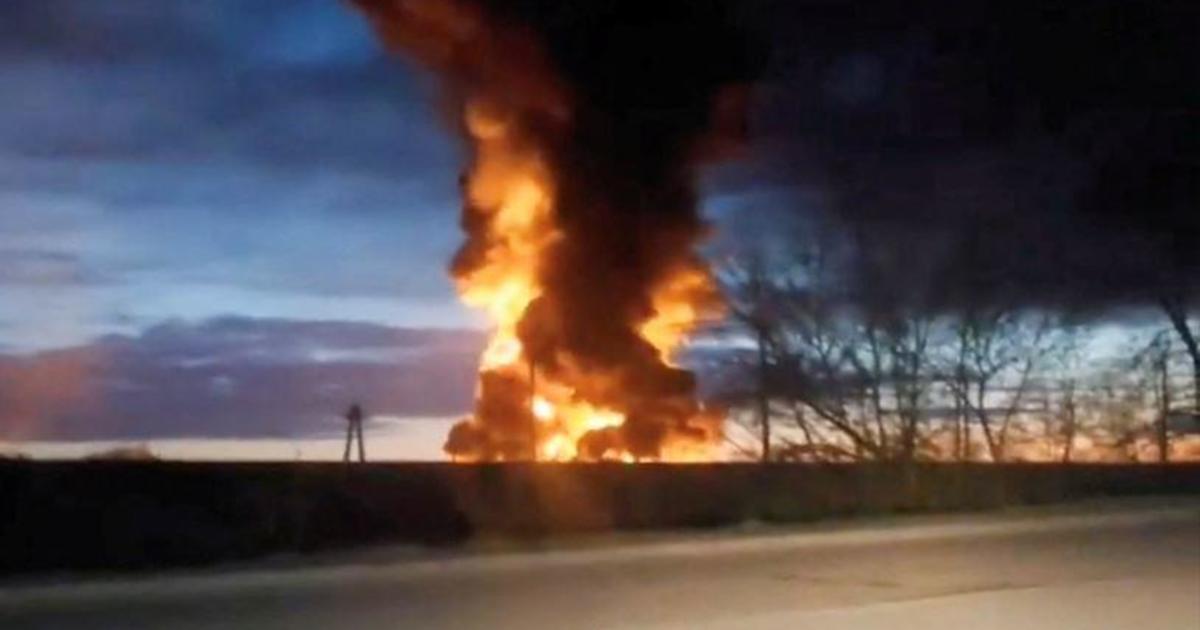Where are bump-fire stocks illegal? Feds, states weigh bans after Las Vegas shooting
At least a dozen semi-automatic rifles found with Stephen Paddock after he killed 58 people and injured hundreds more in Las Vegas were modified with "bump-fire stock" modifications, drastically increasing the weapons' rate of fire.
In the days following the shooting, Republicans and Democrats alike have called for a reevaluation of the legality of the device, which the Bureau of Alcohol, Tobacco, Firearms and Explosives (ATF) has said are permitted under federal law. House Speaker Paul Ryan, R-Wisc., said he was open to examining their legality, and the National Rifle Association said Thursday it was open to more regulation of the stocks.
In 2010, the ATF determined that the devices don't violate a longstanding federal ban on automatic weapons, given the specifics of how they actually work. Only a handful of states have laws on the books dealing with bump-fire stocks or similar devices meant to speed up a semi-automatic rifle's rate of fire. The state laws that do regulate them have largely been untested in court.
"Determining which states have laws that apply to these devices is very a technical question that hinges on very specific language," said Ari Freilich, a staff attorney with the Law Center to Prevent Gun Violence (LCPGV), which tracks state and federal gun legislation.
How bump-fire stocks work
To understand how those state laws work, it's important to understand just what a bump-fire stock actually does.
A semi-automatic rifle fires one round per squeeze of the trigger. An automatic rifle fires rounds continuously as long as the trigger is held down, meaning the rate of fire is many times that of semi-automatic guns.
Bump-fire stocks replace the part of the gun that rests against the shooter's shoulder. It includes a mechanism that allows the gun to "bump" back and forth while firing. The shooter keeps his or her finger in place, and the gun's recoil causes the trigger to rapidly hit up against it, firing a new round each time.
A semi-automatic weapon equipped with a bump-fire stock can fire rounds at a much higher rate than would be possible by manually pulling the trigger for each shot. The rate of fire approaches that of fully automatic weapons, but doesn't quite match it.
Bump-fire stocks also render rifles wildly inaccurate and difficult to control, and many gun enthusiasts look down on their use. The NRA itself reportedly bans their use at its gun ranges during public shooting hours because of safety concerns.
But Paddock didn't need to be accurate when firing into a crowd of 22,000 people packed into a crowded concert venue. The increased rate of fire meant he could spray rounds into the crowd much faster than he could have without a bump-fire stock.
Where are bump-fire stocks illegal?
Because bump-fire stocks don't alter the actual mechanics of the rifle, the ATF determined that semi-automatic rifles equipped with the stocks aren't considered fully automatic weapons and are therefore legal.
Automatic weapons built after 1986 have been banned in the United States since that year, and buying pre-1986 automatic weapons requires a special license. Purchases of semi-automatic weapons, however, come with no such restrictions. Paddock purchased dozens of semi-automatic guns in the year before the massacre in Las Vegas without setting off any alarm bells, since licensed dealers aren't required to report one-time purchases of multiple rifles to the ATF.
Unless the ATF revisits its determination or Congress takes up the issue, bump-fire stocks will remain legal throughout the U.S. under federal law. But several states already restrict their use.
California is the only state that explicitly restricts the sale of bump-fire devices, according to Freilich, the LCPGV attorney. The Golden State has the toughest gun laws in the country, and has banned bump-fire stocks since 1990, Freilich said. The statute bans "multiburst trigger activator," defined as a device attached to a semi-automatic rifle that "allows the firearm to discharge two or more shots in a burst by activating the device."
New York does not ban bump stocks specifically, but restricts weapons that simulate machine guns, Freilich said. This means it's likely legal to sell or manufacture bump-fire stocks in the state, but illegal to attach one to a rifle.
Minnesota law prohibits "trigger activators" that increase a weapon's rate of fire to that of a fully automatic gun. Semi-autos with bump-fire stocks fire slightly slower than automatic guns, but Freilich said the intent of the law means the devices are likely barred.
Laws in several other states come close to banning bump-fire stocks but leave room for interpretation. Michigan, for instance, bans devices that "convert a semiautomatic firearm into a fully automatic firearm" and allow continuous firing "without renewed pressure on the trigger for each successive shot." Since the shooter's finger remains in place while firing with a bump-fire stock, there is room for debate over whether "renewed pressure" is applied each time the gun is fired.
In Massachusetts, weapons that fire multiple rounds "by one continuous activation of the trigger" are restricted. New Jersey and Oregon have similar language in their statutes, according to Freilich.
According to the National Conference of State Legislatures, seven states and the District of Columbia have assault weapons bans that could mean bump-fire stocks are likely prohibited, depending on how the law is interpreted: California, Connecticut, Hawaii, Maryland, Massachusetts, New Jersey, New York, Puerto Rico and Washington, D.C.
Legal unknown
The ambiguity over whether states' gun laws prohibit bump-fire stocks arises from the lack of legal precedent dealing with the issue. Freilich says most of the laws in question were intended to prohibit devices like the bump-fire stock, which he called a "new take on an old concept."
"I haven't seen any case law determining whether bump-fire devices apply under these laws," he said.
That may be because the stocks were relatively unknown before the shooting in Las Vegas. Several Republican lawmakers have said they were unaware of the technology until this week.
Slide Fire, one of the leading manufacturers of the devices, says on its website that the company "has not been notified by any individual state that our products conflict with any state laws" since its founding in 2010. (Since the shooting, officials in California and New York have both said the stocks are prohibited under state law, Freilich said.)
Slide Fire has temporarily halted accepting new orders, as demand has spiked for the product after the Las Vegas massacre.



